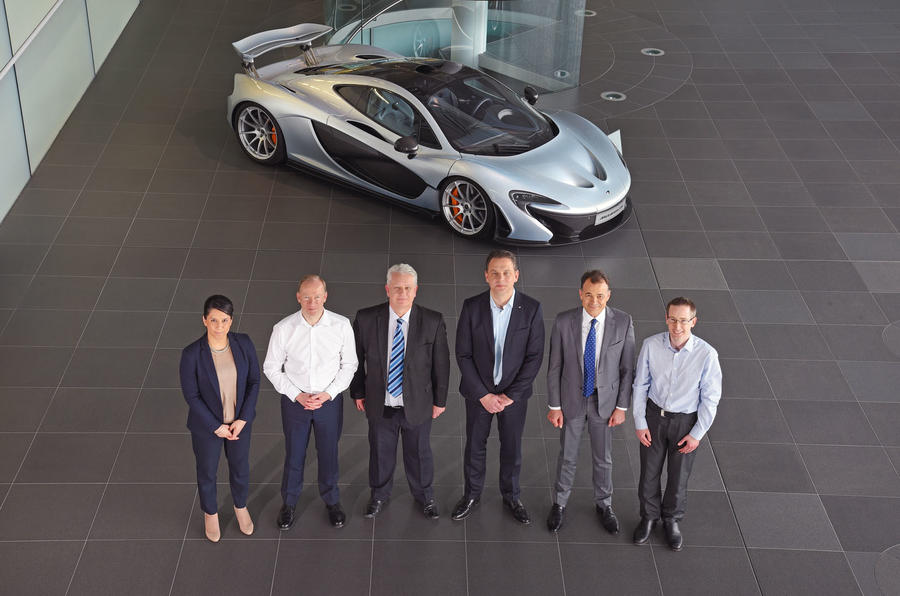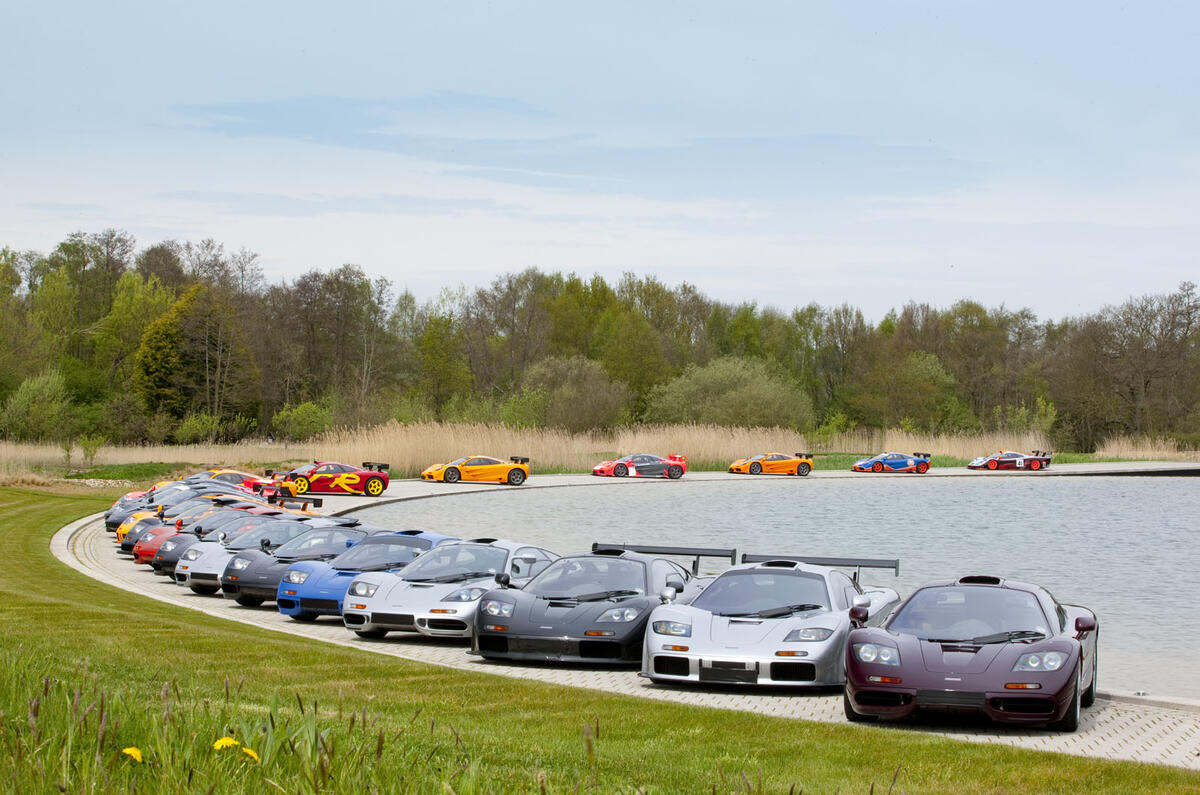The remarkable thing about McLaren Automotive – if you set aside the amazingly short time it has taken to establish itself as a bona fide Ferrari rival – is how perfectly it fits the philosophy of its founder, the New Zealand-born constructor and racing driver Bruce McLaren.
McLaren died in 1970, a few weeks before he could complete his first road car, and McLaren Automotive didn’t start selling until 2011. Yet there’s an almost mystical alignment between the unabashed ambition and instinctive love of engineering of the Auckland-born racer killed at 33 while testing one of his own Can-Am sports cars and the similar ethos of the Woking-based company that, in only its eighth year, has already put 15,000 McLaren cars on the road. Those who knew Bruce say he’d have approved their every move.
McLaren Automotive’s rise is accelerating, what with 2018 production tipped to approach 4000 cars, the fifth year of profitability.

Yet road car manufacture under the famous name has definitely had its share of fits and starts. Had he lived, McLaren would undoubtedly have built some M6GT coupeÃs in the early 1970s, crossing the road car/race car divide. But those never made it. Two decades later, with Ron Dennis at the helm, a successor company called McLaren Cars built the legendary run of 106 Gordon Murray-designed F1 hypercars. More were planned, but McLaren’s marketing people of the time simply ran out of billionaires.
McLaren Cars became dormant but the wider group kept its road car manufacturing hand in (and kept its Formula 1 engine supplier of the time, Mercedes, tolerably happy) by building the car officially known as the Mercedes-McLaren SLR at Woking between 2003 and 2008 – until Dennis’s unquenchable ambition to make road cars of his own eventually kiboshed both deals.























































Join the debate
Add your comment
They need to sort out the racing team
The lustre of the McLaren name is derived from motor racing. They have to start winning again, or at least running at the front. Regarding the cars, I think they are very beautiful, but in the supercar game, the glamour of the name is everything.
Great piece for those
Interested in manufacturing and such like. Fascinated by effectiveness first strategy not tech and robots for the same of it.
Shameful
Perennial mistake
It was he, not him.
But you are absolutely right.